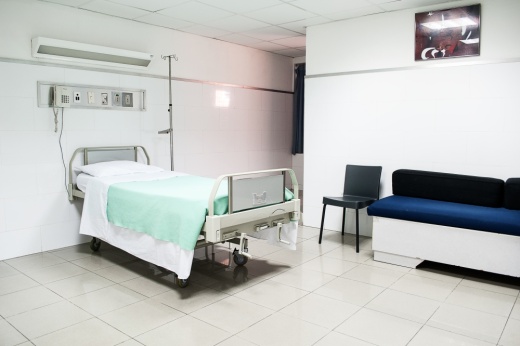But without further funding in sight, experts said they are worried for the fate of Texas’ hospitals—especially rural ones.
A new report from health care consulting company Kaufman Hall paints a grim picture of the state’s health care system. Nearly 10% of Texas’ 647 hospitals are at risk of closing, compared to less than 5% in 2020.
The report was commissioned by the Texas Hospital Association, which advocates for health care facilities across the state.
Hospitals are dealing with a plethora of challenges, including labor shortages, high expenses and longer patient stays. According to a news release from THA, the “tripledemic” of influenza, respiratory syncytial virus and COVID-19 adds to the burden with 91% of beds occupied in Texas’ pediatric facilities.
Rural hospitals face significant risk
The risk is much higher for hospitals in rural areas: 26% of rural hospitals are at risk of closure. This is a major increase from 2020, when 16% were at risk.
A hospital is considered rural when it serves a county with a population of 60,000 or fewer. There are 158 rural hospitals in Texas, according to John Henderson, president and CEO of the Texas Organization of Rural and Community Hospitals.
Henderson said some rural hospitals cannot keep up with high operating costs, which increased during the pandemic. And urban health systems can typically afford to pay their employees more than rural hospitals can, which makes it difficult to recruit and retain staff.
Rural hospitals often have fewer patients and are independently owned, so they cannot rely on a larger health care system to support them, according to THA President and CEO John Hawkins.
“When a rural hospital closes, ... it's not just the hospital—it's the clinic and sometimes the EMS service or home health service,” Henderson said. “For most of our rural Texas hospitals, they are the provider of all health care services for that county, and there's really nothing else.”
A rural closure has an immediate impact for people who need day-to-day care and emergency services, but Henderson said it often hurts a community in the long term, resulting in an economic downturn and other businesses shutting their doors.
“You’ll go back a couple years later and realize that it was the hospital that was effectively holding that community up,” Henderson said.
Staying afloat
At 47.4%, nearly half of all hospitals in Texas have negative profit. And as the cost of labor, medical supplies and drugs continue to rise, hospital expenses have increased by more than 20% since 2019, according to the release.
In order to keep their doors open, Hawkins said many hospitals are limiting service points in their communities and cutting clinic hours.
When the Texas Legislature convenes in January, the THA and TORCH will push for increased funding for Medicaid, particularly in rural areas. Hawkins and Henderson also emphasized the need for stronger workforce programs that will encourage people to work in health care.
The THA’s complete policy priorities can be found here.





